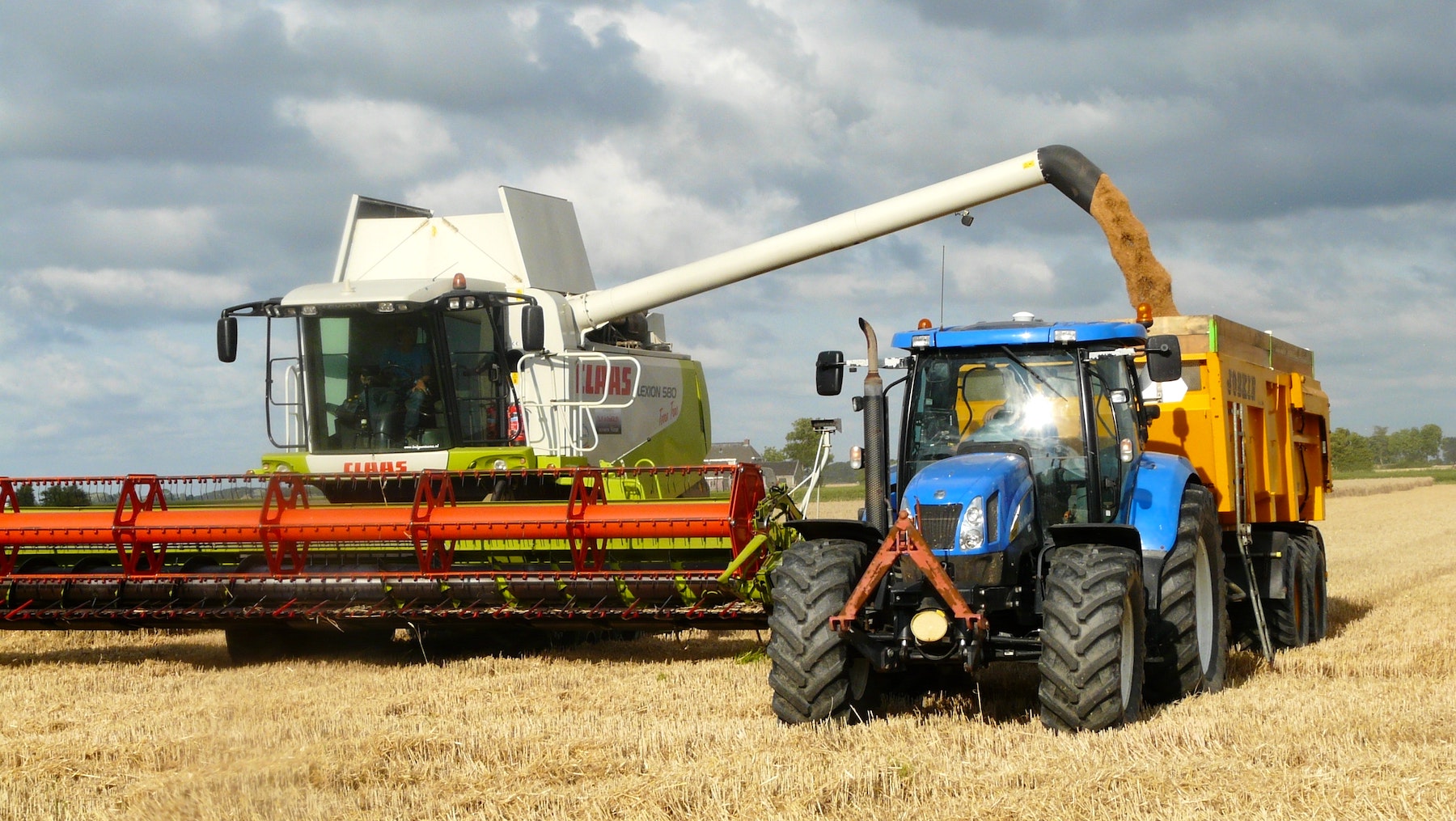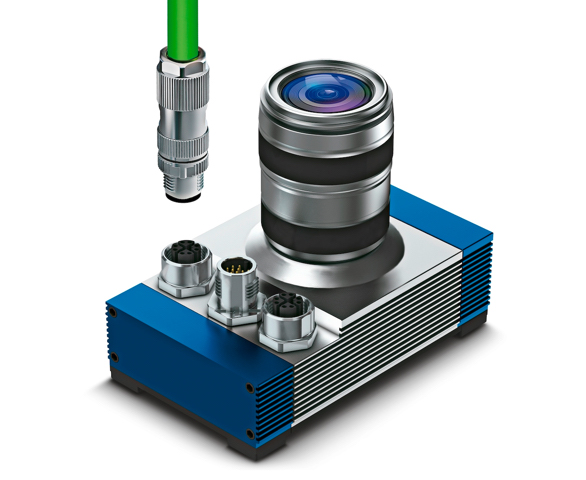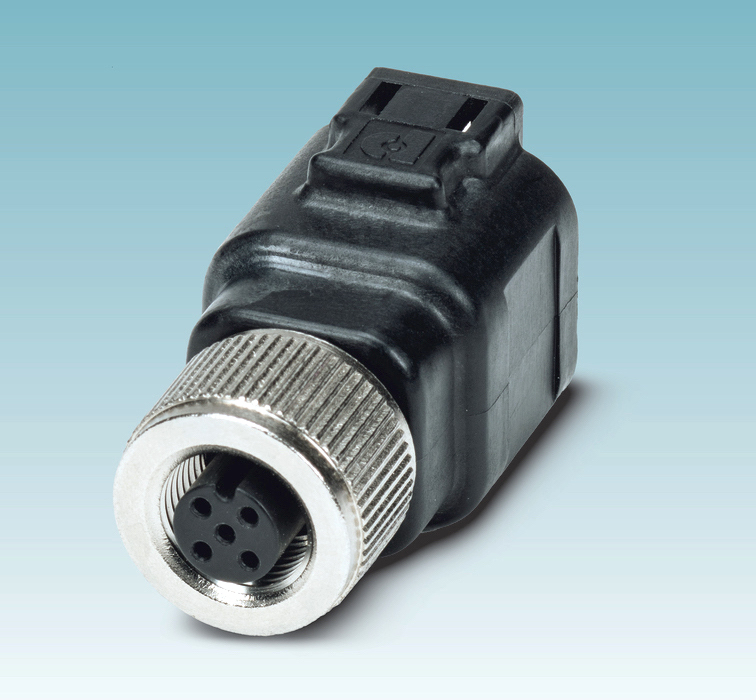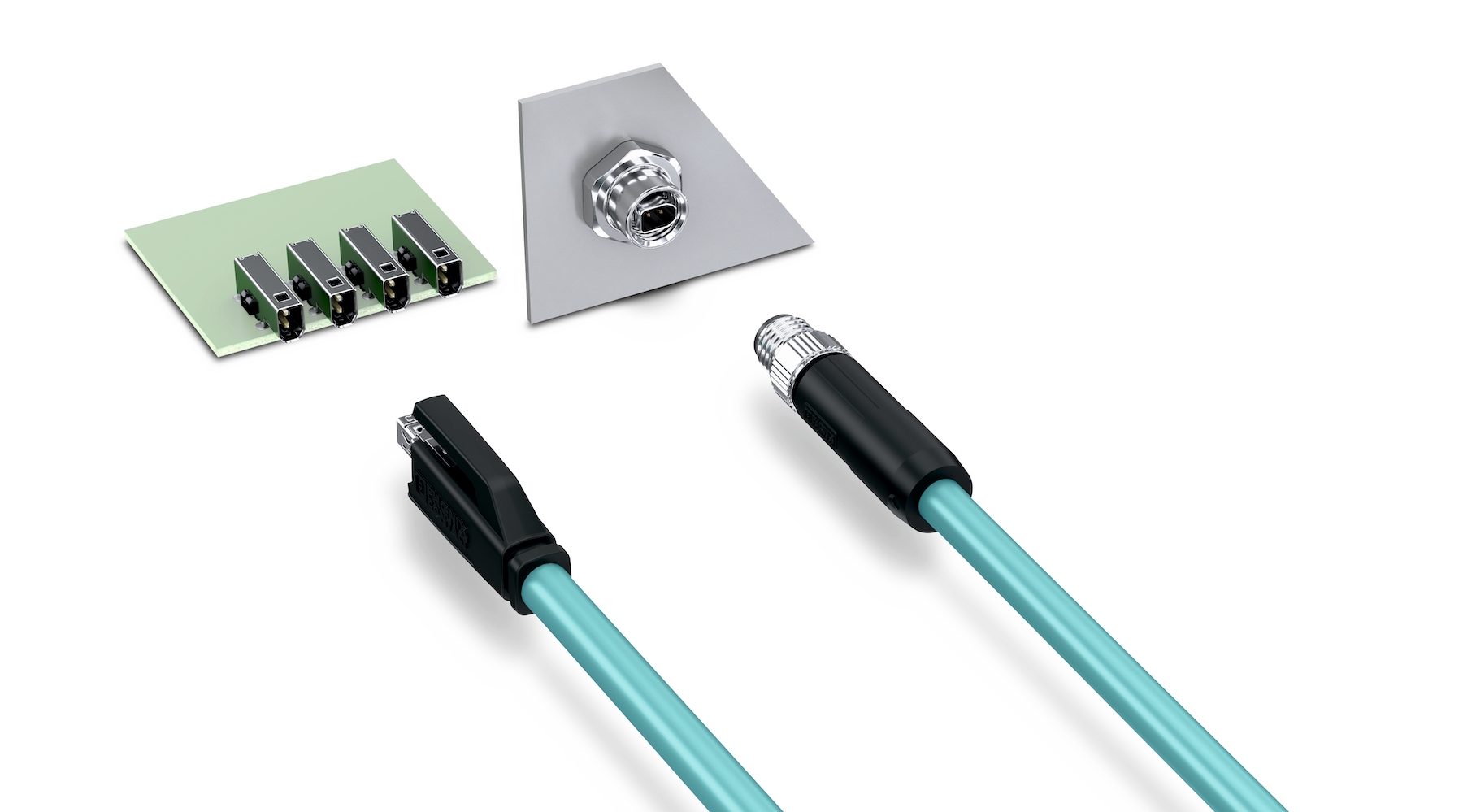New Technologies Force Heavy Equipment OEMs to Rethink Connector Solutions
As new technologies are introduced in transportation, agriculture, and heavy equipment markets, traditional connector choices are being challenged. Are M8 and M12 connectors still the right choice?
By Mike Schreiner, DC Solutions Engineering and Market Development Manager, Phoenix Contact USA
Should heavy equipment OEMs try to wedge traditional connectors into new digital technologies or should they be open to new connectors and the advantages they offer? This can be a tough question to answer, so it’s important to understand the features and benefits of both connector types to make the right decision.
The emergence of autonomous technologies in the transportation and heavy equipment industries has expanded the application of traditional industrial automation connectors. Autonomous control systems use sensors, cameras, and vision technologies and integrate light detection and ranging (LiDAR) and radar capabilities to create comprehensive connectivity networks. These technologies work in tandem with external sources of data to provide the navigation, mapping, and detection of objects and environments required to automate vehicle and equipment functions.

Traditional Heavy Equipment Connectors
Traditional M8 and M12 circular connectors are used on sensor, camera, and vision systems in factory automation, rail, vehicle, and infrastructure applications. They have a long history of use in transportation applications. In recent years, they have been pulled through to new autonomous device designs because of the many advantages they offer over other connector styles.
Autonomous control systems require connectors that are reliable and robust. They must be able to transmit I/O signals, high-speed data, and power. M8 and M12 connectors make up a complete system, from the device connector to field-terminated connectors and factory-assembled cordsets. The M8 and M12 connectors meet these needs by providing a ruggedized, watertight connection (IP65, IP68, and IP69K variants offer various degrees of sealing) that can withstand high vibration. These features are critical for autonomous vehicles, as they often operate on rough, uneven terrains, and high vibration is a continuous feature of transportation applications. Standard M8 and M12 connector systems support the power, signal, and high-speed data requirements of LiDAR, radar, and vision systems.

M8 and M12 connectors are used in many industrial vision system and sensor applications embedded within heavy equipment.
Connectors utilized in transportation, agriculture, and heavy equipment applications have traditionally been the crimp-and-poke style, such as the Delphi Weather Pack or Deutsch DT and DTM series. Crimp-and-poke connectors are well-suited for use in heavy-duty applications because they provide sealed connections and rugged durability, support high-volume wire harnesses, and are cost-effective. In addition, their wire-to-wire and through-panel designs make them convenient to use in cable harness configurations. Functionally, the discrete wire termination design of these connectors is particularly well-suited for supporting simplistic on/off functions, as well as low-speed communication (typically J1939 CAN) between electronic control units.
Changing Heavy Equipment Requirements
Modern heavy equipment and machinery incorporates numerous distributed CAN nodes and components that have traditionally been found in the factory automation environment. Examples include a variety sensors (temperature, force, position, etc.), as well as precision linear actuators that support state-of-the-art functions such as advanced diagnostics and predictive failure, data logging, and autonomous driving. Due to the influence of current factory automation standards like IEC 61076-2-101, these components are frequently supplied with M12 connectors. This forces heavy equipment manufacturers to find ways to integrate these connectors into their existing wiring systems in order to take advantage of the new sensor and actuator technologies borrowed from factory automation systems.
Transportation, agriculture, and heavy equipment manufacturers are all currently facing the challenge of physically connecting new and old technologies and integrating them into their traditional wiring harnesses. To date, in the vast majority of equipment, OEMs are using butt-splicing and shrink sleeves to integrate M12 cordsets into their equipment harnesses. However, both of these approaches require secondary processes to prepare wire harnessing and the resulting connections are costly and inferior, representing a “weakest link” in connected equipment.
Adapting to Change
Fortunately, connector manufacturers recognize this problem and are working to remedy the situation by offering high-quality adapter solutions. New adapters designed to establish simple connections between DT connectors and M12 connectors are now available from several suppliers. These products make the transition from the connectors used on older technologies to the connectors used on newer technologies easier and more reliable.

Adapters from Phoenix Contact enable quick and easy connections between the DT and M12 connectors used in traditional equipment wiring harnesses within heavy equipment and machinery.
The transportation and heavy equipment industries, like many other industries, are increasingly adopting new digital technologies. New devices within these systems have more functionality and require faster communication speeds and more bandwidth.
Within autonomous vehicle systems, for instance, the migration from CAN communication to higher speed protocols, like Ethernet, is a natural progression. Industrial-grade M8 and M12 connectors can handle higher speeds, including the 10G speeds used in CAT 6A, while providing the robust and reliable connectivity needed. Autonomous technologies will also be able to integrate sensors with the new single-pair Ethernet (SPE) connectors. SPE, like its four-pair parent, utilizes M8 and M12 connectors in areas that require more robust connections.

Phoenix Contact’s single-pair Ethernet connector fits into a true M8 package, unlike other SPE connectors.
A Fit for the Future
As OEMs adopt new technologies, new integration challenges arise. Incorporating new technologies into older systems poses such challenges in terms of both ease of use and cost-effectiveness. Being open to new connector technologies and, more importantly, having access to the right connector, can be a major help when integrating new electronics and capabilities.
M8 and M12 connectors offer tremendous flexibility for device manufacturers and system integrators and are available in various PCB and through-panel attachment options. They can also be terminated in the field or ordered as factory overmolded cordsets. M8 and M12 connectors offer the necessary robustness and versatility for both high-speed and high-power connections, making them a perfect fit for the integration of future technologies in a variety of modernized transportation, industrial automation, and heavy equipment applications.
For more information on M8 and M12 connectors, visit Phoenix Contact.
Like this article? Check out our other Connector Basics, M12, and Connected Vehicle articles, our Transportation and Industrial Market Pages, and our 2020 and 2019 Article Archives.
- New Technologies Force Heavy Equipment OEMs to Rethink Connector Solutions - November 17, 2020
- Common Misperceptions of Custom Connectors - October 1, 2019





